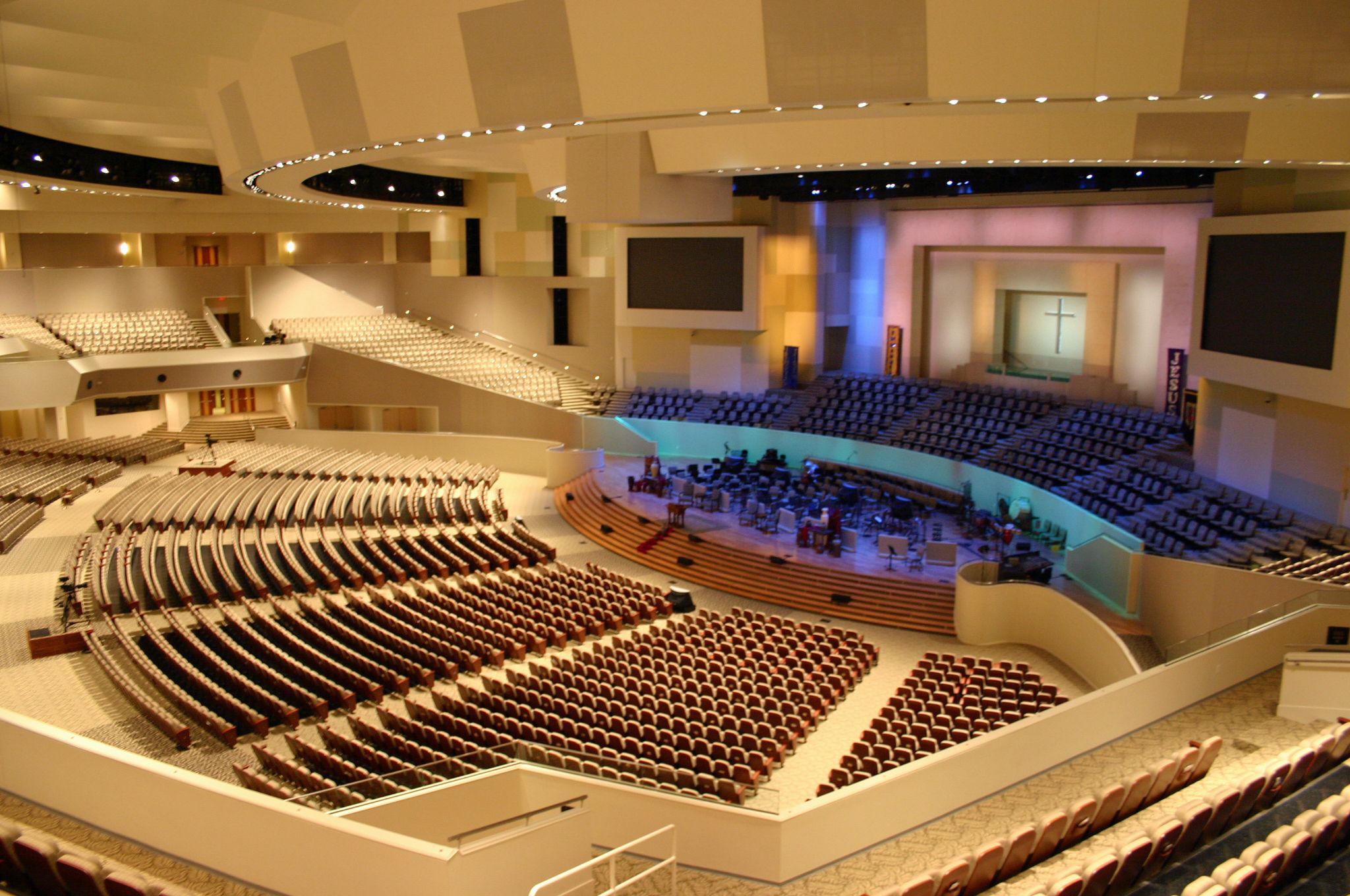Imagine stepping into a church and feeling a sense of awe and inspiration wash over you. That’s the power of well-designed sacred spaces. In this article, we’ll dive into the fascinating world of modern church building interior design, where architects and designers are creating spaces that blend beauty, functionality, and a deep connection to the spiritual. Get ready to explore how churches are being transformed into places where people can connect with their faith, find comfort, and experience a touch of the divine.
Church Building Interior Design: Crafting Spaces That Inspire and Uplift
Designing the inside of a church isn’t just about aesthetics—it’s about building a space where faith and community can thrive. It’s about blending beautiful design with practicality to create an environment that feels both sacred and welcoming.
Think of it like this: we’re not just decorating a building, we’re crafting an experience. Modern church interiors are moving away from rigid layouts and embracing open, flexible spaces that encourage connection. Imagine a sanctuary where the seating can be rearranged to accommodate a small prayer group or a large choir, easily adapting to the needs of the congregation.
Technology plays a huge role these days, and churches are incorporating it seamlessly to enhance worship. Live streaming and video conferencing aren’t just trendy additions; they’re tools that connect people across distances and make everyone feel included.
Speaking of inclusivity, modern church design considers everyone. Imagine comfortable seating that accommodates different needs, bathed in the warm glow of natural light. These spaces are designed to make everyone feel welcome and valued, regardless of age or ability.
But it’s not just about practicality; it’s also about creating a sense of awe and reverence. Interior designers use lighting to paint the space with emotion, highlighting architectural features and creating a sense of intimacy during worship. The textures and materials they choose can evoke a sense of history and tradition, connecting worshippers to the rich tapestry of faith.
Ultimately, a well-designed church interior should feel like coming home. It should be a place where people feel connected not only to their faith and community but to something larger than themselves. It’s about creating a space where the spirit can soar, and everyone feels welcome to join in the journey.
What are the Essential Elements of Modern Church Interior Design?
Picking up where we left off, let’s dive into how today’s churches are being designed to be more welcoming and versatile. Think less about stuffy tradition and more about creating a space that feels relevant and inviting for everyone.
1. It’s All About Flexibility: Gone are the days of rigid pews and fixed layouts. Modern churches are all about adaptability! Imagine seating arrangements that can be easily rearranged for different events – from intimate prayer groups to lively musical performances. Movable walls and adaptable lighting systems mean the same space can transform throughout the week to cater to various needs.
2. Embracing the Digital Age: Let’s face it, technology is a huge part of our lives, and churches are realizing its potential to create more engaging worship experiences. We’re talking live streaming services for those who can’t attend in person, dynamic digital signage for announcements and song lyrics, and even the use of virtual reality for immersive prayer and reflection.
3. Comfort and Inclusion for All: A welcoming church is a church where everyone feels comfortable. That means prioritizing accessibility features like ramps and elevators, ensuring ample and comfortable seating options, and maximizing natural light to create a warm and inviting atmosphere.
4. Weaving in Symbolism and Inspiration: While functionality is important, we don’t want to lose sight of the spiritual aspect. Through thoughtful architectural elements, inspiring artwork, and strategic lighting design, modern churches can evoke a sense of awe and reverence, connecting people to their faith on a deeper level.
5. Fostering a Strong Sense of Community: Church is more than just a Sunday service – it’s about building relationships and connecting with others. That’s why modern designs often incorporate dedicated social spaces, cozy coffee bars, and interactive areas that encourage people to linger, chat, and build lasting connections.
6. Sustainability: Caring for Our Planet: Churches are increasingly recognizing the importance of environmental stewardship. This translates to using eco-friendly building materials, incorporating energy-efficient systems like LED lighting and smart climate control, and maximizing natural ventilation whenever possible.
In a Nutshell:
Modern church design is about striking a balance. It’s about creating spaces that are functional and adaptable, while also being warm, inviting, and spiritually uplifting. By embracing technology, prioritizing inclusivity, and incorporating sustainable practices, churches can create truly transformative spaces that cater to the needs of today’s generation.
How Can Church Interior Design Foster Community and Belonging?
Instead of just being a place to hear a sermon, imagine your church becoming a hub of connection and warmth – a place where people genuinely want to linger and build relationships. That’s the power of thoughtful church interior design. It’s about more than just aesthetics; it’s about creating an atmosphere that embraces people and makes them feel like they truly belong.
Turning Common Areas into Welcoming Gathering Spots
Think about those moments after a service ends. Instead of rushing out, what if people naturally gravitated towards inviting common areas? By intentionally designing these spaces for connection, you’re subtly encouraging people to slow down and engage with one another. Comfortable seating, soft lighting, and even the simple act of offering coffee and refreshments can transform these areas into buzzing hubs of conversation and fellowship.
Making Hospitality Tangible Through Design
Imagine walking into a church and instantly feeling a sense of warmth and welcome. That’s the magic of a well-designed interior. It’s about using elements like comfortable furniture, natural light streaming through windows, and even cozy nooks that invite people to relax and connect. By prioritizing a hospitable atmosphere, you’re sending a powerful message that everyone who enters is valued and belongs.
The Power of Strategic Seating for Deeper Connections
Believe it or not, the way you arrange chairs can have a huge impact on how people interact. Instead of traditional rows, think about circles or smaller groupings that encourage face-to-face conversations. This simple change breaks down barriers and creates a sense of unity, making services feel more personal and engaging. When people can easily see and talk to each other, they’re more likely to form bonds and feel like they’re part of something bigger than themselves.
Blending Modern Touches with Timeless Purpose
Modern church design isn’t just about trendy furniture or fancy light fixtures – it’s about adapting to the evolving needs of congregations. Think flexible seating arrangements that can transform a space for different types of services and events. Picture a layout that centers around the act of worship, drawing people in and fostering a deeper spiritual connection. By embracing these contemporary elements, churches can create welcoming and dynamic environments that resonate with people of all ages.
Conclusion
Church interior design is about so much more than just aesthetics. It’s about creating a space that fosters genuine community, welcomes newcomers with open arms, and enhances the overall worship experience. By thoughtfully considering every detail, from seating arrangements to lighting and hospitality, churches can become beacons of warmth, connection, and belonging in their communities.
Balancing Functionality and Aesthetics – Designing Adaptable Church Spaces
We’ve talked about how churches are changing things up these days, right? Well, that goes for how they look on the inside, too! It’s all about finding that sweet spot between making a church practical and making it look amazing. This is what we mean by Balancing Functionality and Aesthetics – Designing Adaptable Church Spaces. It’s about creating a church that’s not only beautiful but also works for everything people need it for.
So, how do we do that? Let’s break it down:
1. Start with What Really Matters: Your Congregation’s Needs
Before you even think about paint colors or cool light fixtures, hit the pause button. What are the big things that happen in your church? Weekly services? Sunday School classes? Community dinners? Once you know what your church is all about activity-wise, you can design a space that actually works for those things.
2. Flexibility is Key!
Churches aren’t just for Sunday mornings anymore, are they? They’re like community hubs that need to be ready for anything! Think about designing a space you can easily switch up. Maybe you need a big open area for a potluck dinner one day, but then separate classrooms for meetings the next.
3. Let There Be (Natural) Light!
There’s something about natural light that just makes a space feel more welcoming and uplifting, don’t you think? If you can, try to incorporate as much natural light into your design as possible. It’s amazing what a difference it can make!
4. Choose Stuff That Lasts!
Churches get a lot of foot traffic! Kids are running around, events are happening – it’s important to choose furniture and materials that can handle the wear and tear. Look for things that are easy to clean and maintain so your beautiful space stays that way.
5. Don’t Forget About How Things Sound!
Ever been somewhere where the sound just echoes and it’s hard to hear? Yeah, not great. The acoustics of a church can make or break the experience, especially during services with music or sermons. Think about using sound-absorbing materials on the walls or ceilings to help cut down on that echo.
6. Technology is Your Friend!
Technology isn’t just for trendy coffee shops! It can actually enhance the whole church experience. Imagine having screens for song lyrics, a good sound system for the music, and even the ability to live stream your services. These days, technology is a must-have for any adaptable church space.
The Bottom Line
Designing a church space is a big deal, but it doesn’t have to be overwhelming. Just remember to:
Focus on your congregation’s needs.
Make it flexible and adaptable
Bring in that beautiful natural light.
Choose durable and easy-to-clean materials.
Pay attention to the acoustics.
Embrace technology to enhance the experience.
If you keep these things in mind, you’ll be well on your way to creating a church space that’s both functional and beautiful – a place where everyone feels welcome and inspired.
If you are a lover of natural light and beautiful woodwork with clean lines, don’t miss out on Frank Lloyd Wright’s interior design. Interior door design is another world of inspiration, you will find here a wide variety of doors with different styles and finishes. Also, have a look at salon interior design for more home design inspiration.
- Grass Forever in Livermore: Your Guide to Artificial Turf - April 22, 2025
- German Roaches vs. American Roaches: Key Differences and Control - April 22, 2025
- 150+ Flowers That Start With S: A Comprehensive Guide - April 22, 2025










